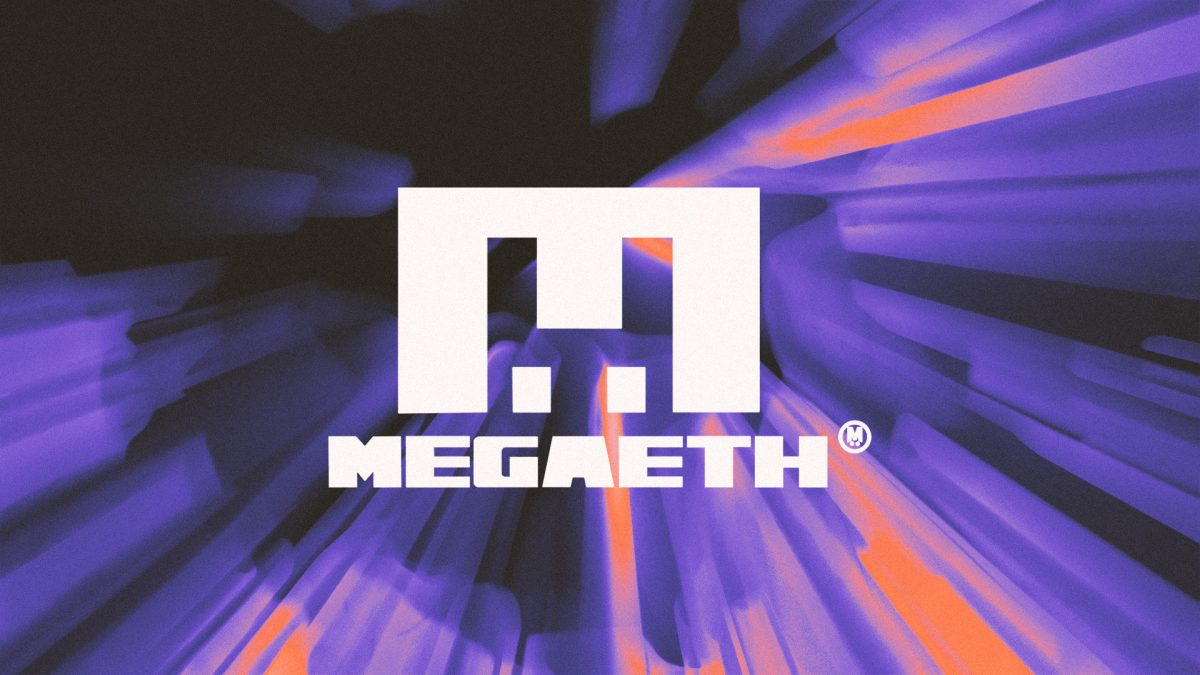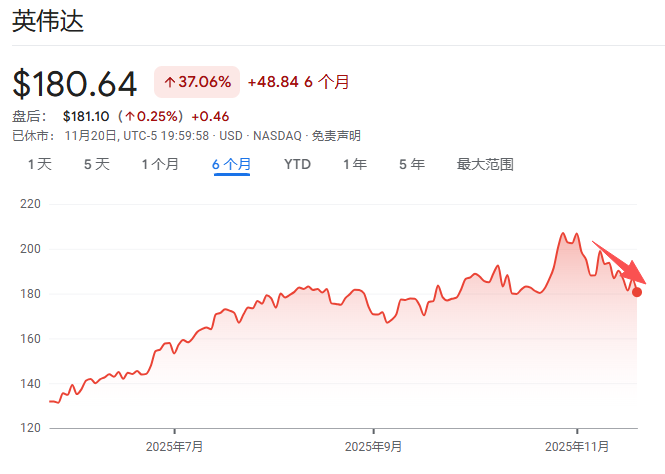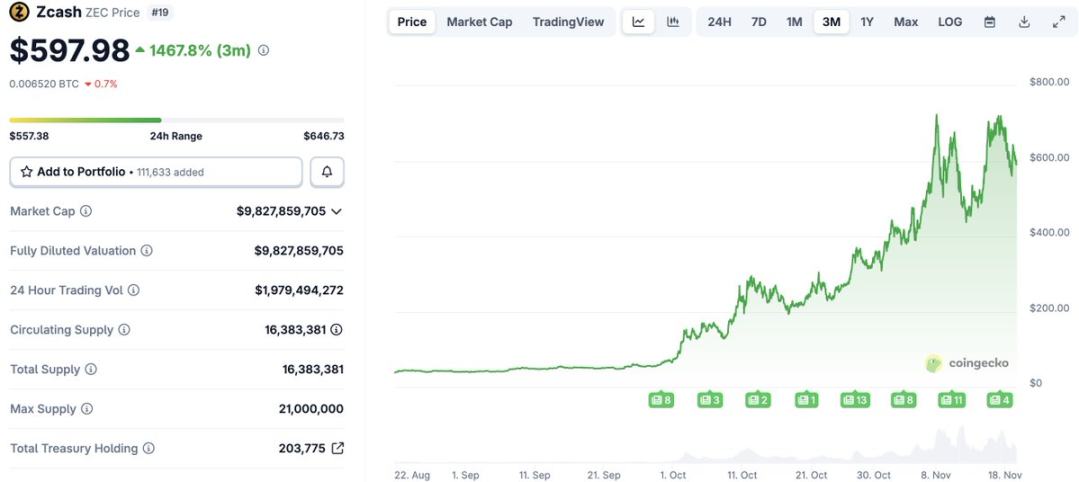MegaETH's MiCA whitepaper reveals tokenomics with 9.5% team allocation, novel sequencer infrastructure features
Quick Take MegaETH has confirmed the authenticity of its leaked MiCA-format whitepaper, which outlines a regulatory-compliant token sale, technical design, and legal structure. MiCA compliance grants access to EU retail investors but also imposes strict KYC, refund rights, and disclosure mandates, potentially slowing wider retail participation.

Ethereum Layer 2 protocol MegaETH has confirmed that a circulating whitepaper formatted to meet the requirements of the European Union's Markets in Crypto-Assets (MiCA) standards is authentic, revealing detailed plans for a regulated public token offering, technical architecture, and a legal framework.
“Confirming this is the mica whitepaper”, founding contributor of MegaLabs, Namik Muduroglu, told The Block.
The document, dated Sept. 24, 2025, notes participants in an upcoming public sale of MEGA tokens must complete mandatory KYC checks, while EU-based buyers must custody proceeds with a MiCA-licensed provider. Token distribution and supply math were also detailed. According to the paper, the MEGA token will carry a surprisingly modest 9.5% allocation to the team, with the protocol positioning the token as the economic engine for a pair of novel infrastructure features, including sequencer rotation and proximity markets.
In total, 70.3% of MEGA's 10 billion supply is reserved across the team, ecosystem reserves, and staking rewards, and about 14.7% allocated to MegaETH's venture capitalist investors. Earlier this month, the Layer 2 blockchain project announced it would repurchase approximately 4.75% of its token supply from early investors.
The heavy allocation to KPI staking rewards — 53.3% — is designed to bootstrap onchain activity but may raise questions about the initial circulating supply and token concentration. Additionally, the paper reiterated details of an English auction for 500 million MEGA tokens, equivalent to 5% of the total 10 billion supply.
Under the sequencer rotation design explained in an X thread , MegaETH will run a single active sequencer that rotates around the globe with the world’s economic day, and operators will compete for windows by staking $MEGA. Selection will weigh stake, past performance, and infrastructure capability. Operators can be slashed for faults, and ranked standbys will take over instantly on failure, the team said. The model is explicitly engineered to track user activity by region and minimize end-to-end latency.
The proximity markets idea ties real-world colocation economics to onchain token mechanics. Market makers and apps will bid for sequencer-adjacent floorspace by locking MEGA, creating a tradable, onchain market for low-latency access. MegaETH said seats will be dynamically allocated and tokenized, with an onchain indexer streaming real-time data so liquidity providers can react in milliseconds. This design aims to tighten spreads and deepen onchain liquidity for DeFi.
MiCA is the EU’s comprehensive rulebook for crypto issuance and services, having passed into full enforcement in December 2024. For projects, MiCA compliance opens legal access to EU retail investors and regulated custodians. But it also imposes investor-protection features, including mandatory disclosures, cooling-off periods, concrete refund mechanisms, and clear liability statements.
MegaETH’s whitepaper leans into that tradeoff. The document named OKCoin Europe Limited as the MiCA-licensed custody provider, with mandatory KYC, a two-week withdrawal period, and explicit risk warnings throughout the paper.
Protocols seek MiCA alignment to tap Europe’s sizable investor base and to onboard regulated exchanges and custodians. At the same time, some teams worry MiCA’s transparency and KYC mandates will blunt viral retail adoption and complicate token economics.
Disclaimer: The content of this article solely reflects the author's opinion and does not represent the platform in any capacity. This article is not intended to serve as a reference for making investment decisions.
You may also like
Has the four-year cycle of Bitcoin failed?
The various anomalies in this cycle—including waning sentiment, weakening returns, disrupted rhythms, and institutional dominance—have indeed led the market to intuitively feel that the familiar four-year cycle is no longer effective.

At an internal Nvidia meeting, Jensen Huang admitted: It's too difficult. "If we do well, it's an AI bubble," and "if we fall even slightly short of expectations, the whole world will collapse."
Jensen Huang has rarely admitted that Nvidia is now facing an unsolvable dilemma: if its performance is outstanding, it will be accused of fueling the AI bubble; if its performance disappoints, it will be seen as evidence that the bubble has burst.

After a 1460% Surge: Reassessing the Value Foundation of ZEC
Narratives and sentiment can create myths, but fundamentals determine how far those myths can go.

The demise of a DAT company
The $1 billion Ethereum DAT plan led by Li Lin and others has been shelved due to the bear market, and funds have been returned. This "going with the flow" approach may reflect consideration of investor sentiment.
